Macro Lens Focal Lengths Compared
If you are interested in purchasing a macro lens, you have probably noticed that there are a range of focal lengths available, ranging from about 60mm to 200mm. So why would you choose a long focal length macro lens over a short focal length, or vice versa?
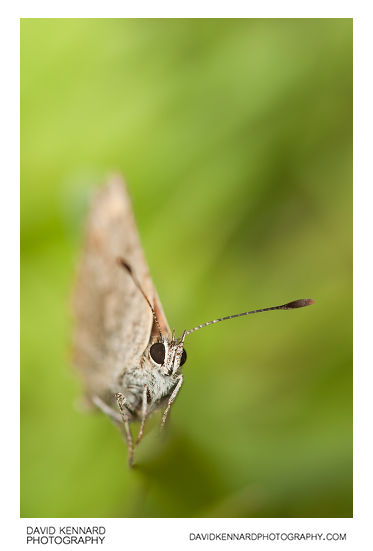-Butterfly.jpg)
Small Copper (Lycaena phlaeas) Butterfly by David Kennard Photography - taken with a 100mm macro lens
Weight and size
Short focal length lenses are smaller and lighter than longer lenses. So they're easier to carry and you can shoot handheld for longer without getting aching arms.
Price
Shorter focal length macro lenses tend to be less expensive than longer macro lenses. For example, the Sigma 70mm macro lens typically retails for around $500 / £310 while the Sigma 180mm macro lens sells for around $900 / £550.
Aperture
Shorter focal length macro lenses nearly always have a fast aperture of f/2.8, Tamron even has a 60mm f/2 macro lens. While longer focal length macros are usually around f/3.5 - f/4. This isn't a large difference, but is worth considering.

Tamron 60 mm Di II Macro Lens
A larger aperture such as f/2 will give you less depth of field than a smaller aperture such as f/3.5. For most macro subjects this won't make any difference as you'll want to stop the lens down to something like f/8 to get as much of the subject in focus as possible. But for more abstract macro photos, or if you also intend to use the lens for portrait photography, then a large aperture such as f/2 will be more useful.
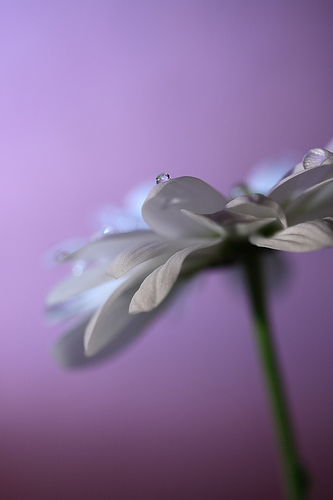
MY HEAD'S SWIMMING WITH POETRY AND PROSE.. by Neal Fowler on flickr - taken with a 60mm macro lens (licensed CC-BY)
When shooting in relatively dark conditions, such as in the early morning or early evening, when potential subjects such as insects are less mobile, a lens with a larger aperture may be more useful. This is because it will allow more light through the lens, and so more light through to the viewfinder, making it easier to focus. (For macro photography you will want to be focusing manually).
Magnification
Other than very specialist macro lenses or lenses labelled as macro, which are not actually macro (Sigma does this with some of their zoom lenses), virtually all macro lenses will focus down to a maximum magnification of 1:1. This is not affected by the focal length of the lens at all.
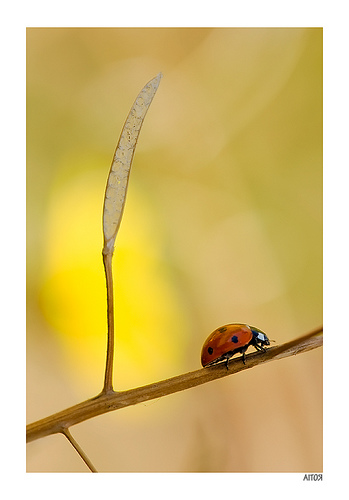
Mari by Aitor Escauriaza on flickr - taken with a 150mm macro lens (licensed CC-BY)
Similarly, adding a teleconvertor to a macro lens to increase the maximum magnification will have the same effect whatever the focal length of the lens. (If you want to do this, check first that the lens is compatible with teleconvertors as not all lenses are).
Where a difference does appear between different focal length macro lenses in terms of magnification, is when you use extension tubes with the lens. Extension tubes are hollow tubes that move the lens away from the camera, allowing it to focus closer, and thus increasing the maximum magnification of the lens.
The amount of extension used to reach a given magnification depends on the focal length of the lens. So, for example, a 60mm macro lens with 60mm extension could record at a magnification of 2:1. But a 200mm macro lens would require 200mm of extension to reach the same magnification of 2:1.
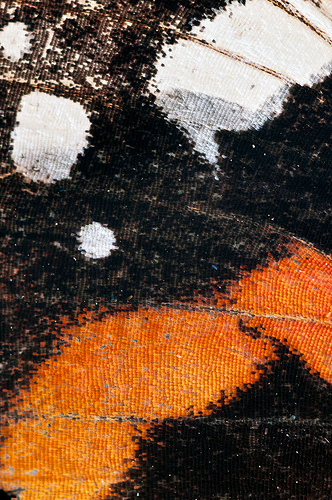
The Mask by Umberto Salvagnin on flickr - taken with a 90mm macro lens and extension tubes (licensed CC-BY)
Obviously 200mm of extension tubes is going to be more expensive than 60mm, and a 200mm lens mounted on 200mm of extension is going to be quite unwieldy and an unrealistic proposition for real life use.
It should be noted that the majority of macro lenses are internal focus, which means that the focal length shortens as you focus closer. So a 60mm macro lens may become a 40mm lens at its closest focusing distance, while a 200mm macro lens may become a 180mm lens at its closest focusing distance. So you wouldn't need quite 200mm of extension tubes to get to 2:1 on a 200mm macro lens, or need as much as 60mm extension tubes to get 2:1 on a 60mm macro lens.
Working distance
If you are trying to photograph skittish subjects like dragonflies or butterflies, a longer focal length macro lens may be more suitable. The longer focal length allows you to maintain a longer working distance, and so there is less chance of disturbing your subject.
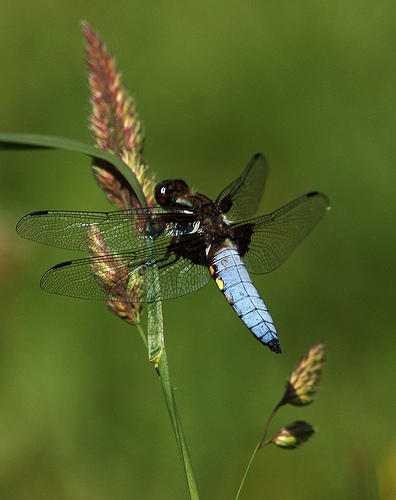
libellule by myyorgda on flickr - taken with 180mm macro lens (licensed CC-BY)
In some situations a short working distance may be preferable though. A short focal length macro lens will allow you to grab on to part of your subject (such as a flower stem), or hold on to the platform your subject is on (e.g. a leaf that has an insect on it). You can then rest your camera and lens and outstretched arm to take the photo. This is handy to stabalize your subject when working at magnifications around 1:1.

Short focal lengths allow you to hold your subject to prevent it from moving

Grabbing onto the stem of this flower bud while photographing it prevented it waving about in the wind, making focusing much easier.
A longer focal length lens will give you a different perspective to a shorter focal length for the same subject framing. This is often desired to eliminate distracting backgrounds and compress perspective, for example when photographing a flower in a field of grass.
There is a very good article on macro lenses that covers the differences focal length makes to the background, which you can find here: Macro lenses - choosing and using. That article also covers many other aspects of macro lenses, some the same as covered in this article, some different. It is well worth a read anyway if you are considering purchasing a macro lens.




